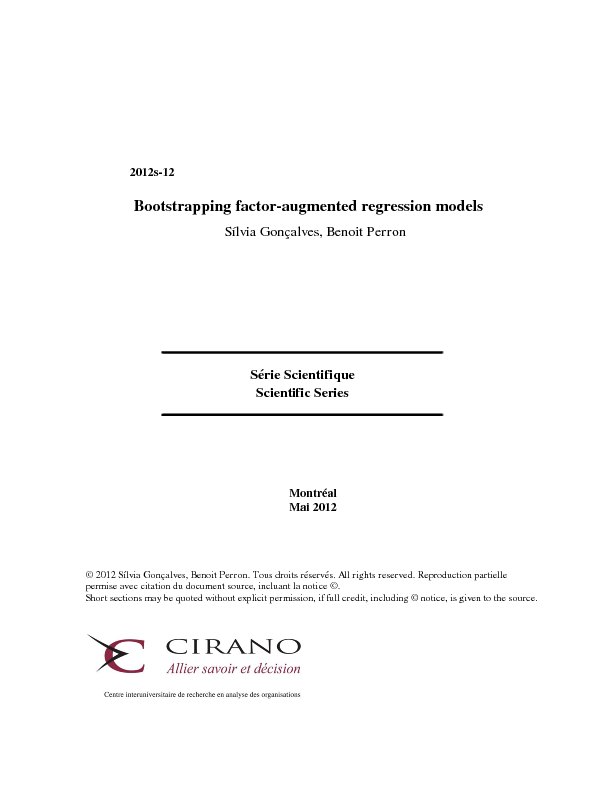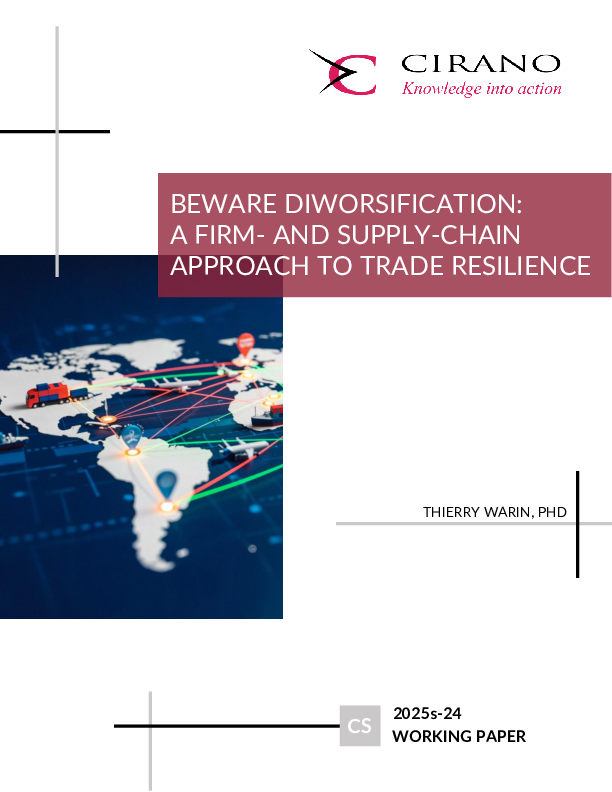Bootstrapping factor-augmented regression models
The main contribution of this paper is to propose and theoretically justify bootstrap methods for regressions where some of the regressors are factors estimated from a large panel of data. We derive our results under the assumption that √T/N→c, where 0≤c<∞ (N and T are the cross-sectional and the time series dimensions, respectively), thus allowing for the possibility that factors estimation error enters the limiting distribution of the OLS estimator. We consider general residual-based bootstrap methods and provide a set of high level conditions on the bootstrap residuals and on the idiosyncratic errors such that the bootstrap distribution of the OLS estimator is consistent. We subsequently verify these conditions for a simple wild bootstrap residual-based procedure. Our main results can be summarized as follows. When c=0, as in Bai and Ng (2006), the crucial condition for bootstrap validity is the ability of the bootstrap regression scores to mimic the serial dependence of the original regression scores. Mimicking the cross sectional and/or serial dependence of the idiosyncratic errors in the panel factor model is asymptotically irrelevant in this case since the limiting distribution of the original OLS estimator does not depend on these dependencies. Instead, when c>0, a two-step residual-based bootstrap is required to capture the factors estimation uncertainty, which shows up as an asymptotic bias term (as we show here and as was recently discussed by Ludvigson and Ng (2009b)). Because the bias depends on the cross sectional dependence of the idiosyncratic error term, bootstrap validity depends crucially on the ability of the bootstrap panel factor model to capture this cross sectional dependence.
[ - ]




